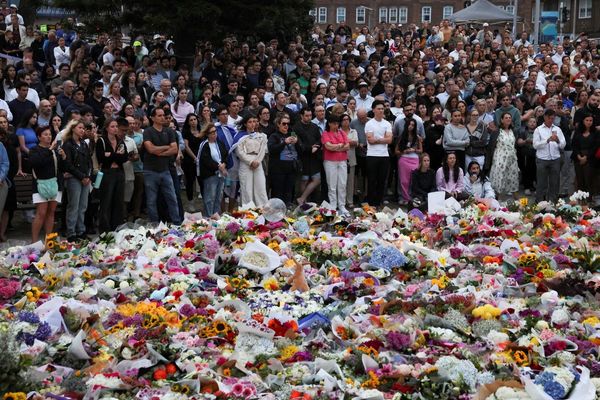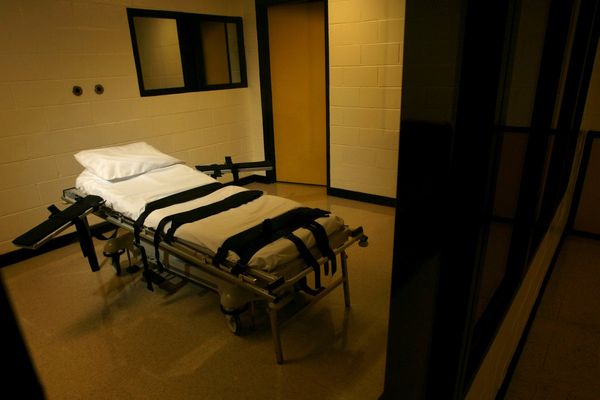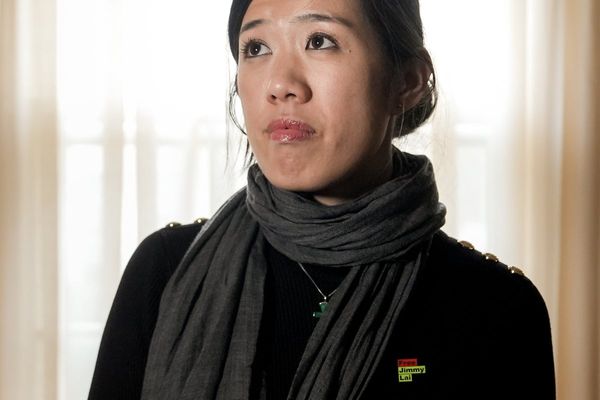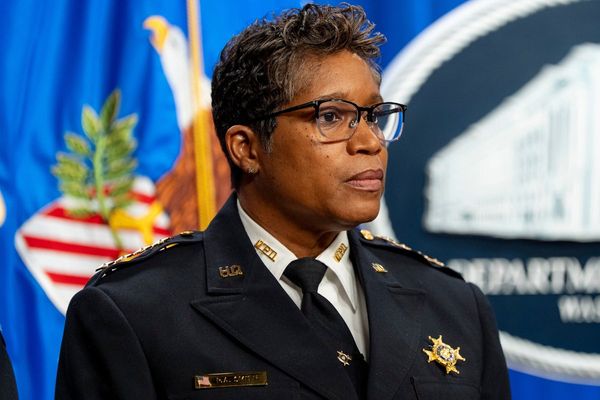
For decades, photographers walked city streets with a camera – not because they wanted to be 'street photographers', but simply because that’s where life happened.
Henri Cartier-Bresson, Gordon Parks, Robert Frank, Diane Arbus – none of them would have used the label, because at the time it didn’t exist. They weren’t chasing a genre; they were chasing moments. The photographs we now hold up as landmarks of 'street' were, at the time, just photographs of life.
Somewhere along the way, the act of photographing life in public became codified as 'street photography'. The label gave it legitimacy, something to teach, to sell, to curate. It offered a banner for practitioners to rally under, which came with a growing sense of what the genre should look like.
Yet the more 'street photography' was defined, the more it seemed to shrink. Rules appeared. Tropes multiplied. Shadows stretching across pavements, pigeons caught mid-flight, reflections in street puddles. What once was a way of looking at the world became a checklist of clichés.
Instagram accelerated the problem to the point of caricature. What might once have been the occasional student exercise or passing experiment is now churned out daily in an endless scroll. The immediacy of sharing meant that quantity soon outpaced quality, and the genre began to feed on itself.
Street photography became less about discovery and more about repetition, less about seeing the world and more about proving that you belonged to the category.

When was the last time you saw a recently taken photograph from the street that genuinely stopped you in your tracks? My suspicion is that, for most of us, it’s been a while. And when it does happen, it’s rarely because someone followed the formula.
The images that endure are almost always those that seem to step outside it, photographs that remind us of the friction, absurdity and beauty of lived experience rather than photographs that reassure us we’re looking at 'street photography'.
The irony is that the work we most often revere, the work we still put in books and exhibitions, was made before the genre was even named. It’s as though the act of naming it cast a shadow backwards, gathering disparate practices under one umbrella, only to stifle future possibilities. Defining the field may have made it easier to talk about, but it also made it easier to imitate, repeat, and dilute.
Perhaps the real question isn’t whether street photography is dead, but whether it was ever meant to exist as a genre at all. Photography at its best has always thrived in freedom, in a kind of unruly openness. The streets will always be there, waiting to be photographed. But maybe what we need now is less 'street photography' and more photographs of life.
you might also like
Check out our guides to the best camera for street photography and the best books on street photography.







